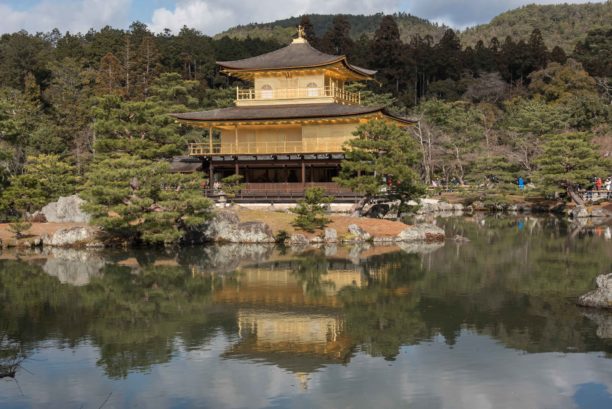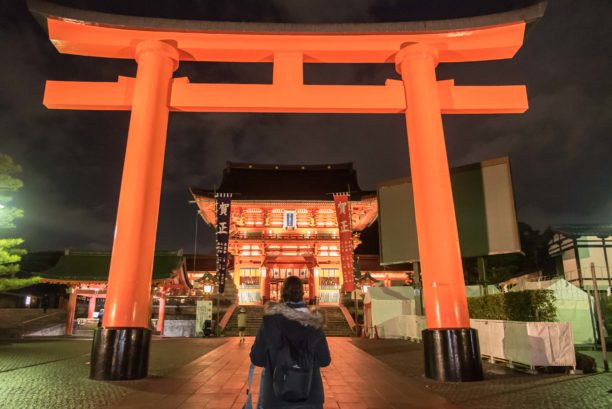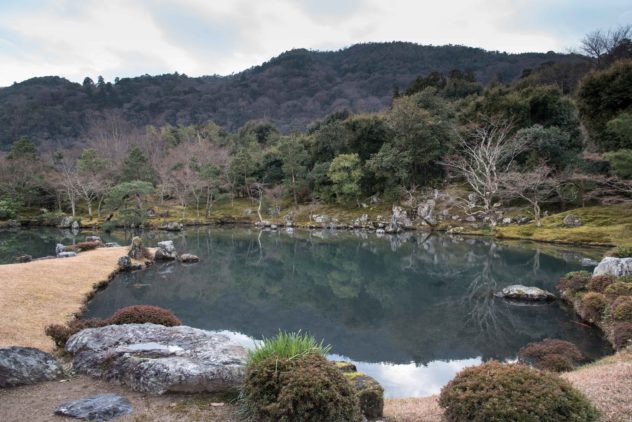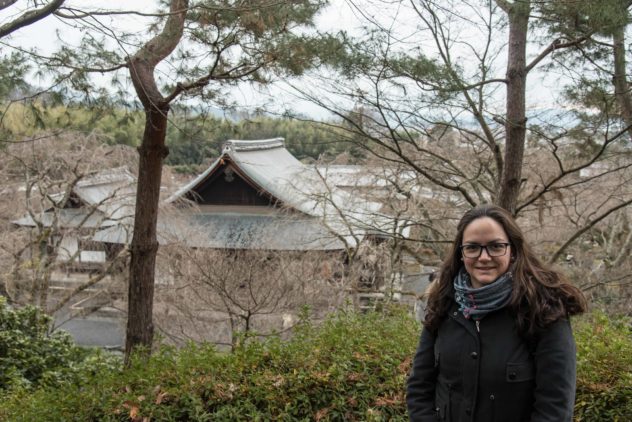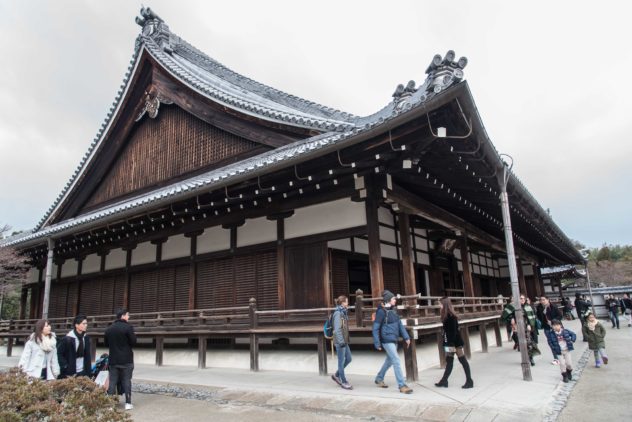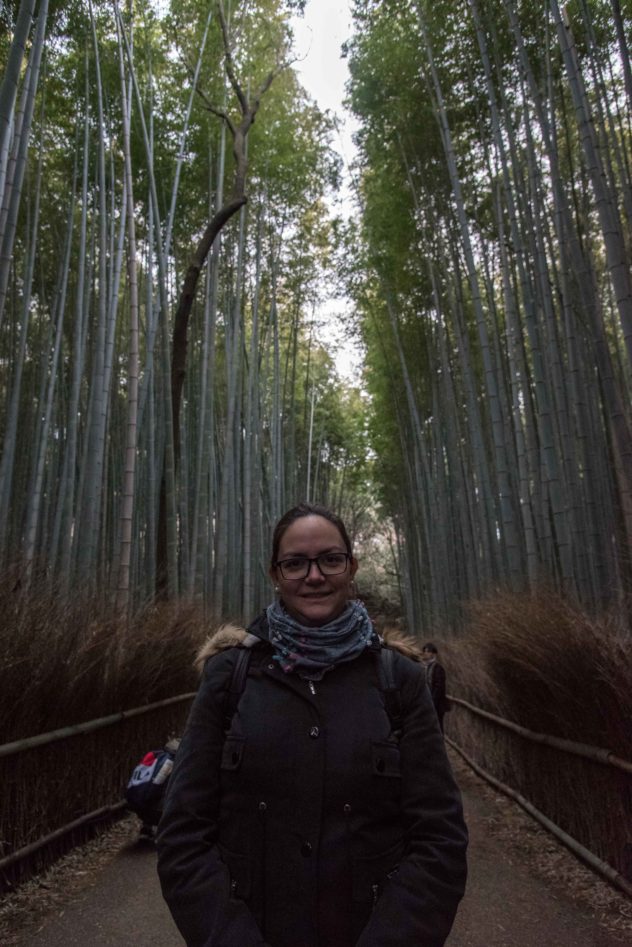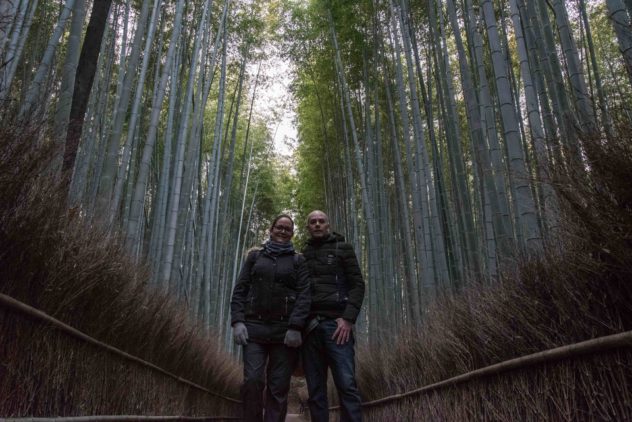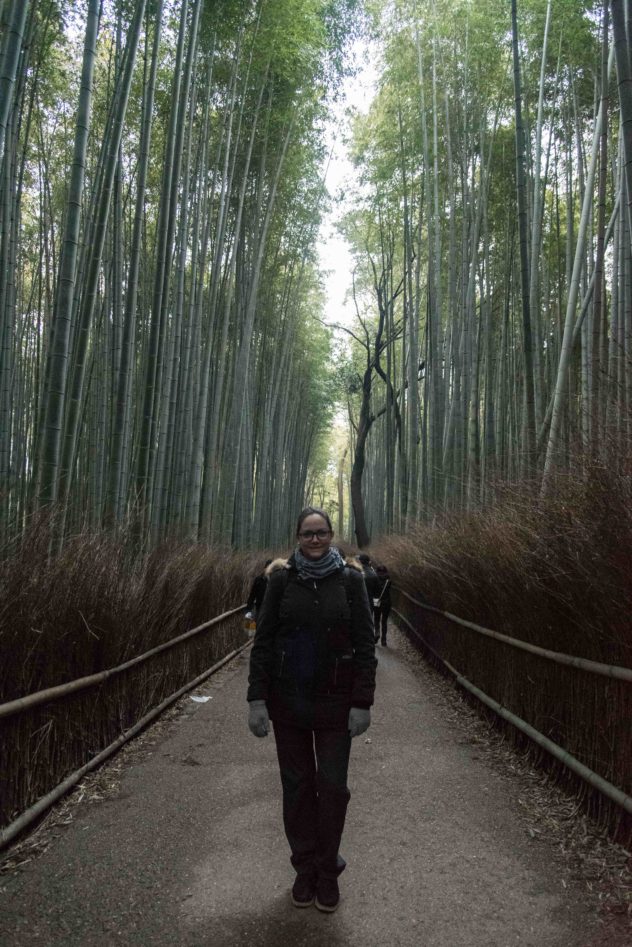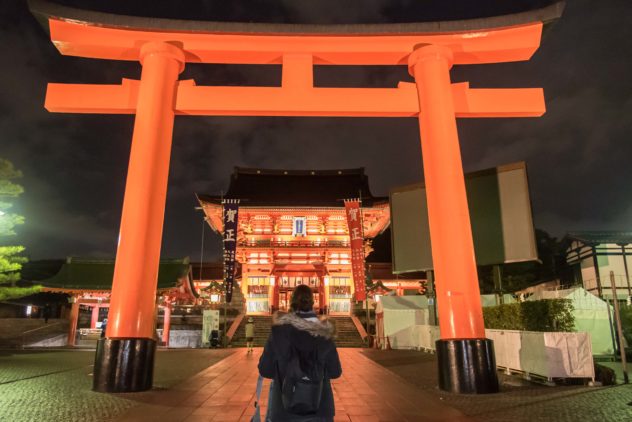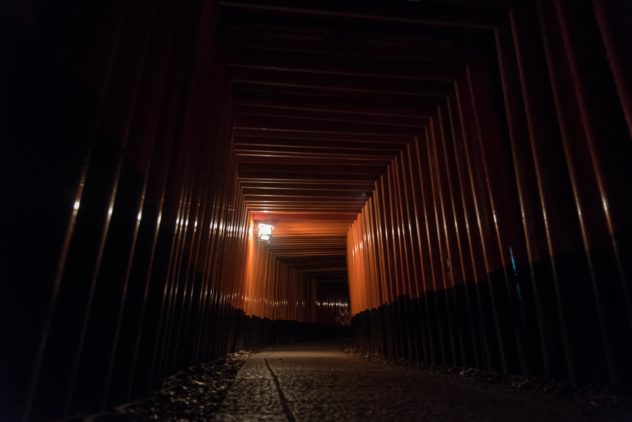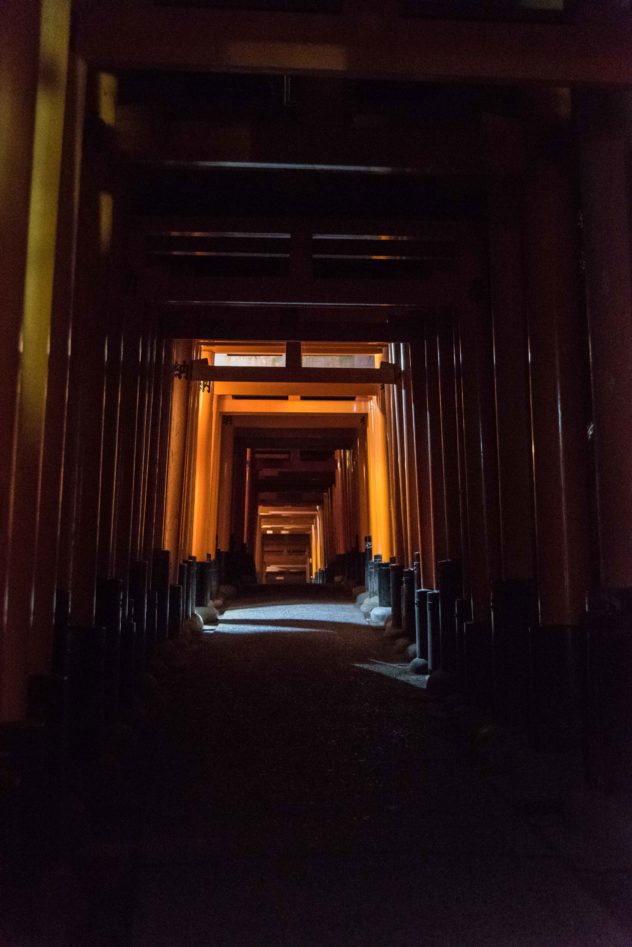On December 31 we took a train from Osaka to Himeji. We want to visit the Himeji Castle as it is one of the best castles in Japan. We reached Himeji by 11:30am and went straight to the castle. We had to wait in line for a little while under the rain, but it was not a big deal. The queuing is organized and the entry process is well coordinated… well, it is Japan after all.
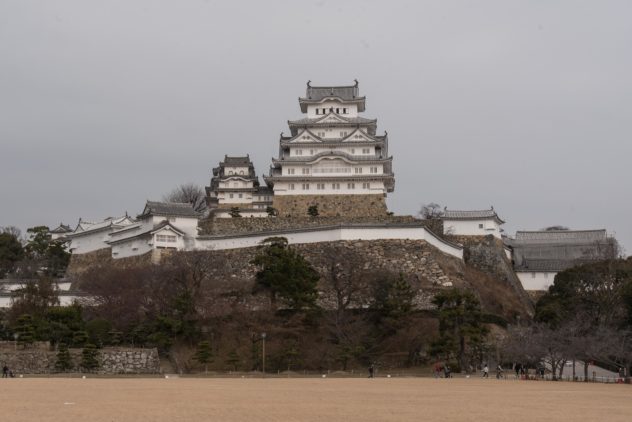
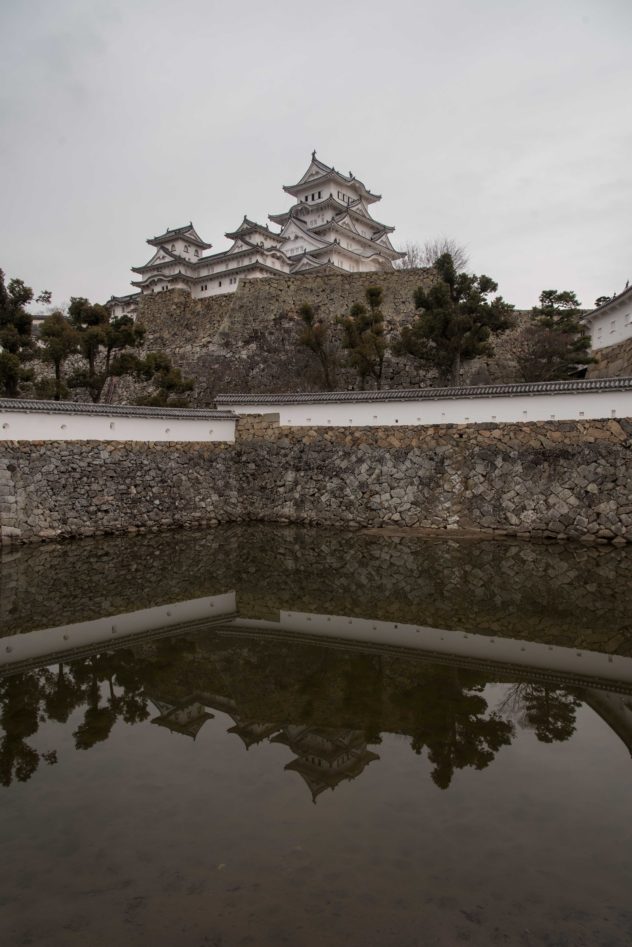
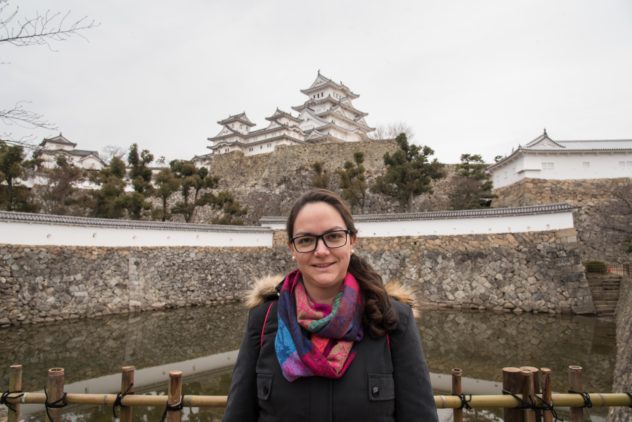
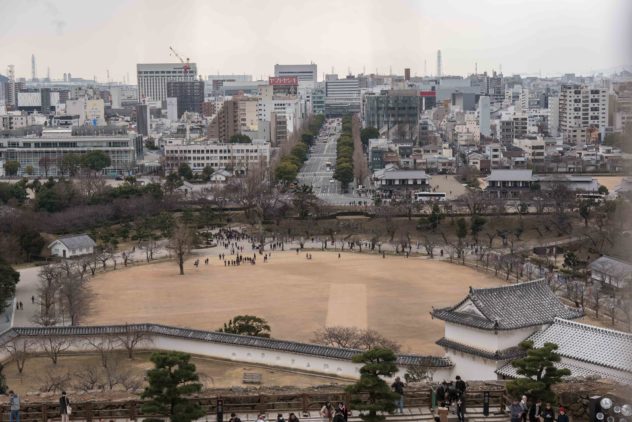
The inside of the castle is beautiful, although there is no decoration because nobody lived in it. Castles were used to defend the city during enemy attacks. If the enemy conquered the castle it will take possession of the city. The wood structure of the castle is an engineering masterpiece.
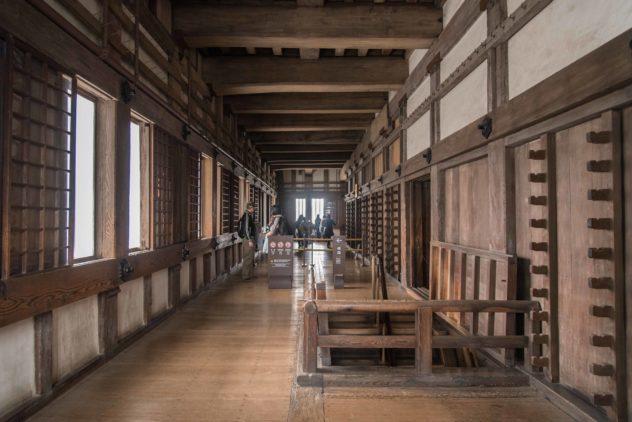
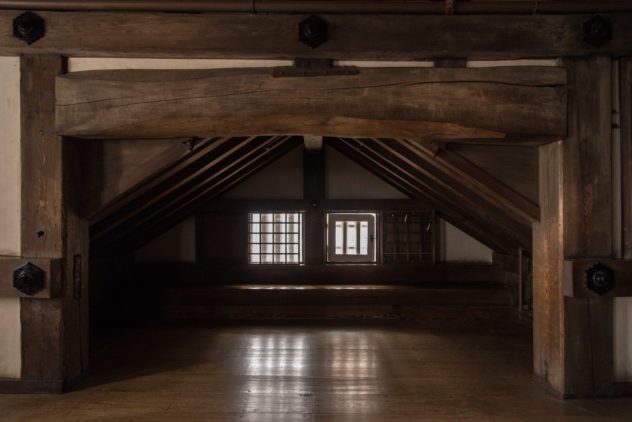
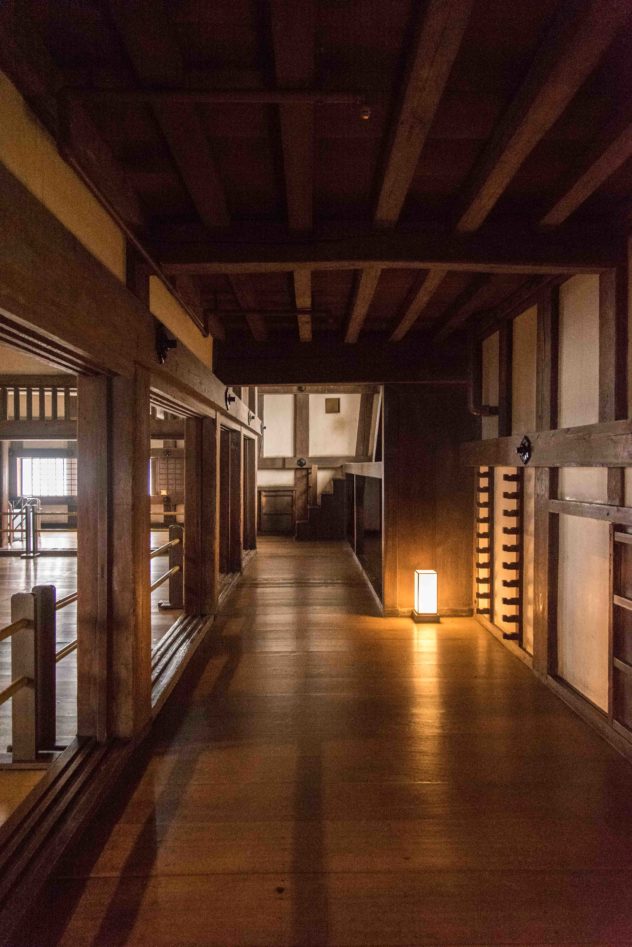
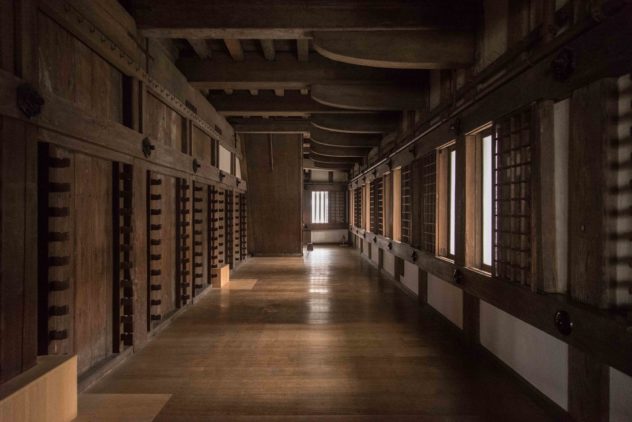
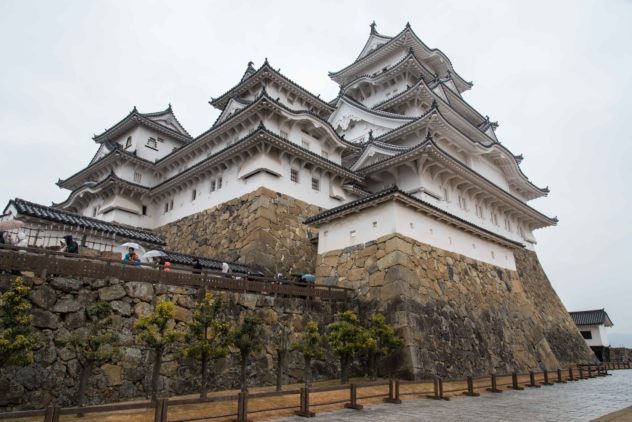
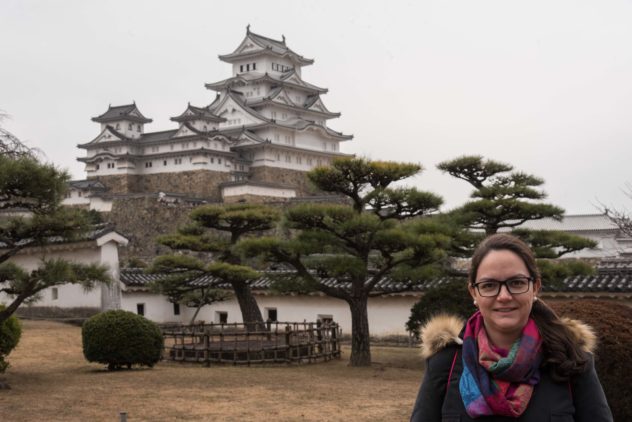
We then visited the Koko-en Garden, a beautifully designed zen garden. It is divided in several different gardens based on vegetation.
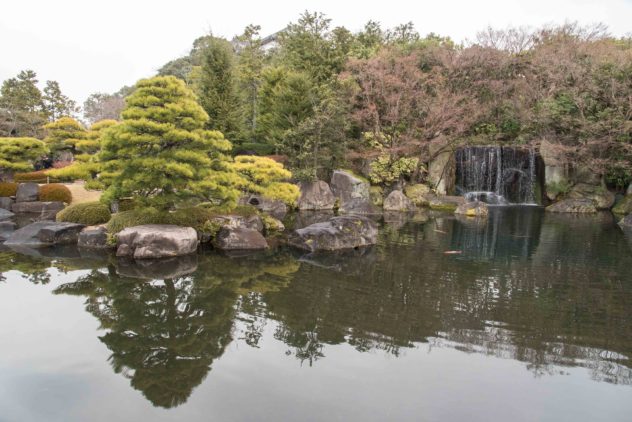
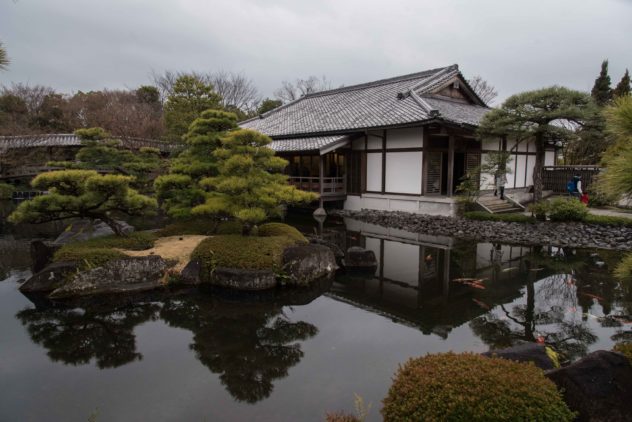
In the early afternoon we took a train to Kyoto. We reached the hostel where we will be staying and the owner offered to take us for free to the temple for New Year’s celebration Japanese style, of course we jumped on this unique opportunity to celebrate New Year’s Eve in Japan.
Around 10:00pm we left with the hostel owner, a guide and several other guests to a small and cozy temple about 45 minutes by bus. We arrived at the temple and met the monk who will be leading the ceremony. We all lined up by the bonsho (temples’ bell) and watch many more people queuing up. At midnight, the monks pray and chant by the bell and then proceed to ring the bonsho. After they complete the ritual, they invited us to ring the bonsho; precise instructions were given not to ring it too hard because it is over 400 years old and they were afraid that could be damaged. I do not think a piece of wood will damage a couple of tons copper bell.
After ringing the bonsho we headed to receive some free food. There was soup and noodles and mandarins.
This was the end of the night, a very cultural night to understand how Japanese celebrate New Year’s Eve. We returned to the hostel around 2:00am.
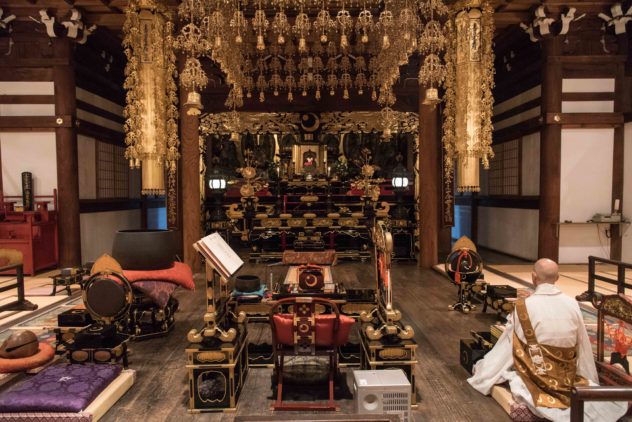
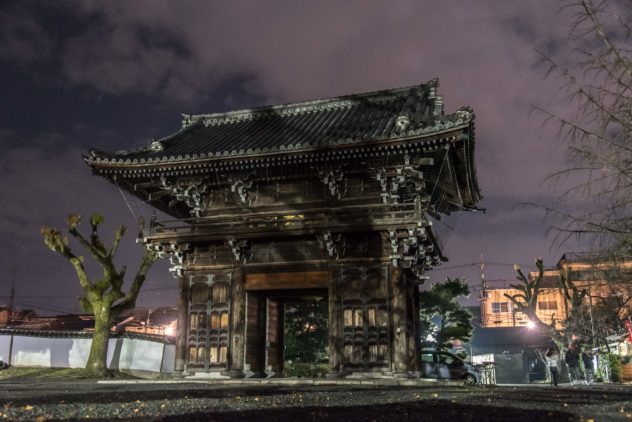
On January 1 we headed to Kinkaku-ji o Rokuon-ji Temple. Also known as the Golden Pavilion Temple this is supposed to be the place where the ashes of Sakyamuni, the founder of Buddhism, are enshrined. The hundreds of yelling and screaming tourists visiting this place every day are the only ones disturbing the tranquility and peacefulness of such a beautiful place. The reflection of the temple on the lake makes it a great spot for photographs!
After taking a few pictures and enjoying the temple for a while, we took a stroll around the gardens, which are also beautiful.
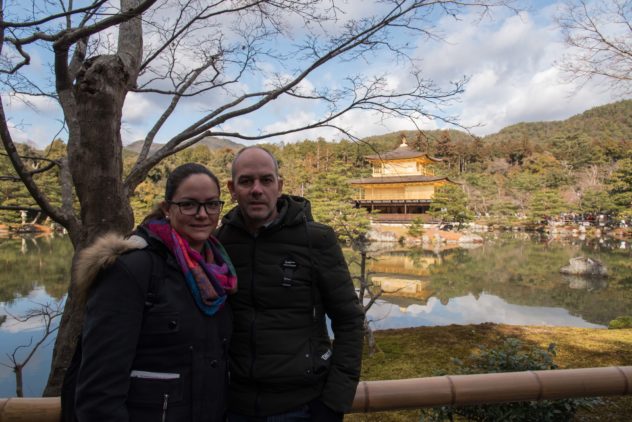
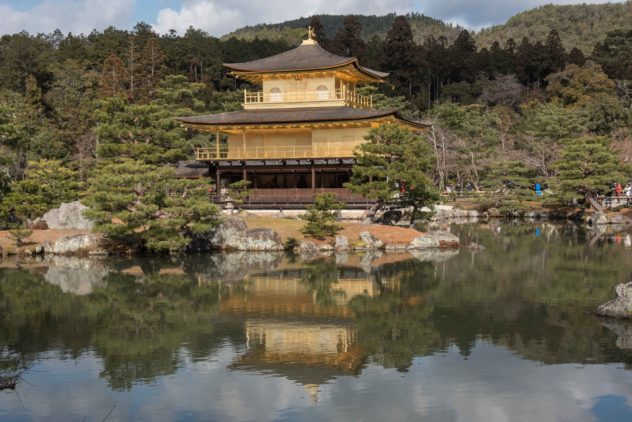
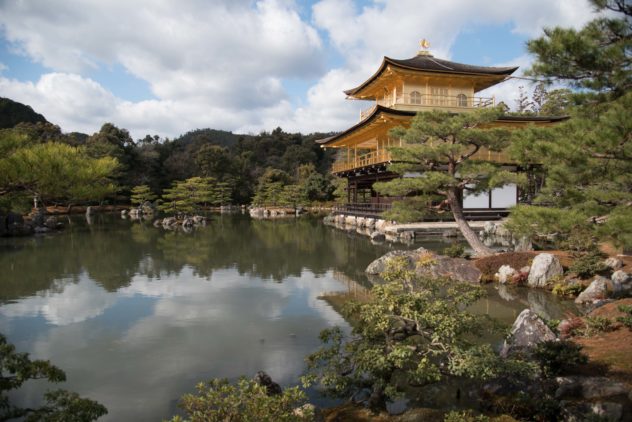
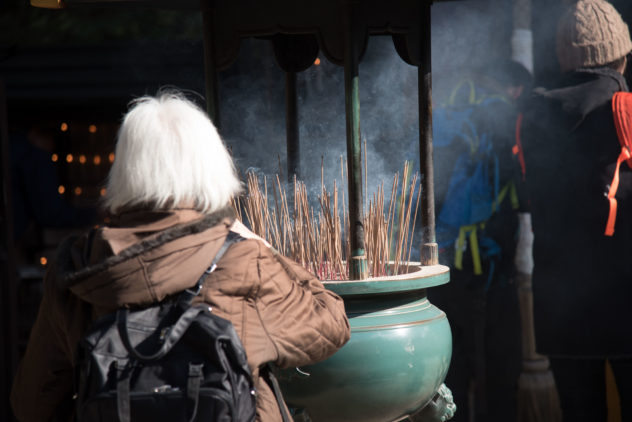
We then headed to Fushimi Inari Taisha, unfortunately the place was full of people. It is a mayor tradition for Japanese people to visit the most important temples on January 1st, so this one in particular was packed. We quickly abandoned this idea and instead headed to nearby temples.
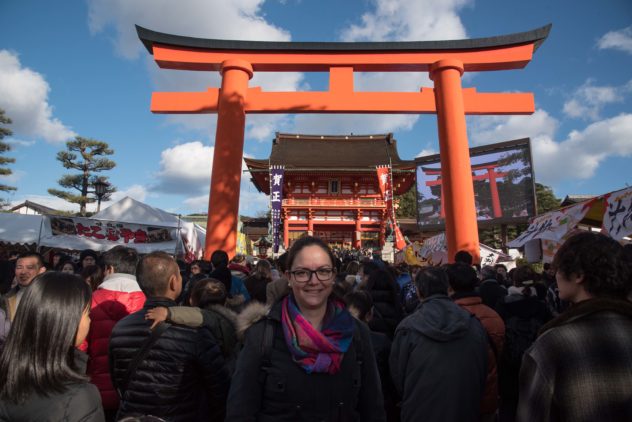
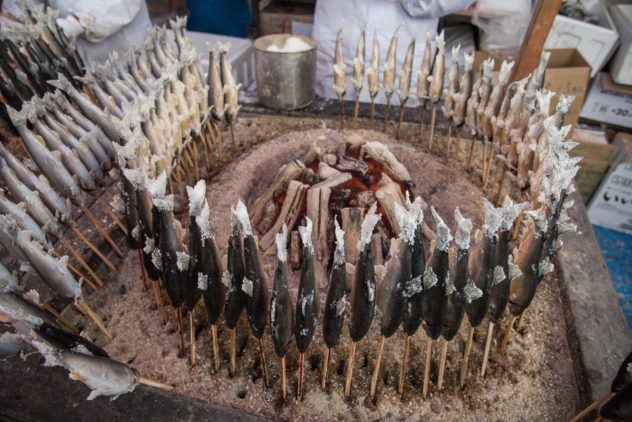
We visited Tofuku-ji Temple, which has the largest and oldest Sammon (main gate) of all the Zen Temples in Japan.
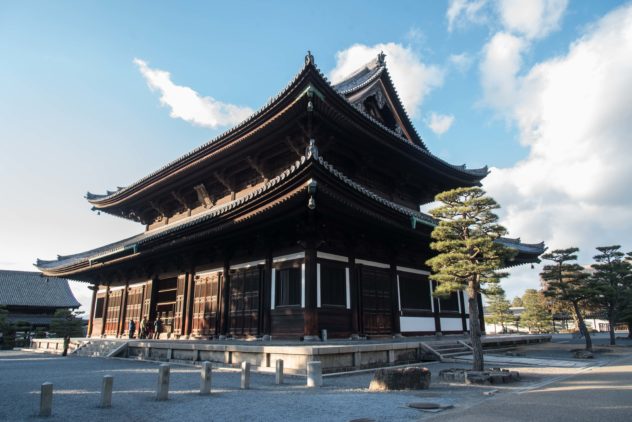
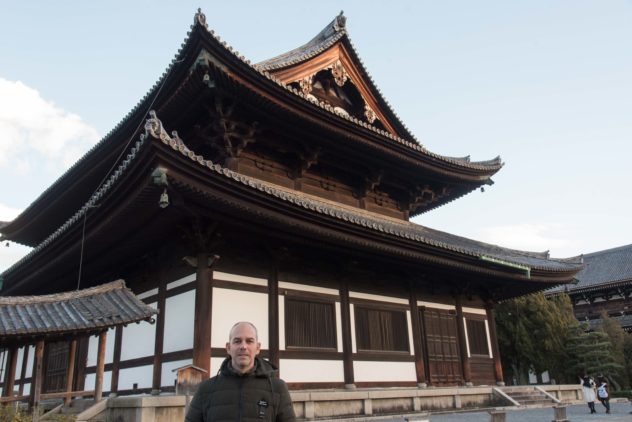
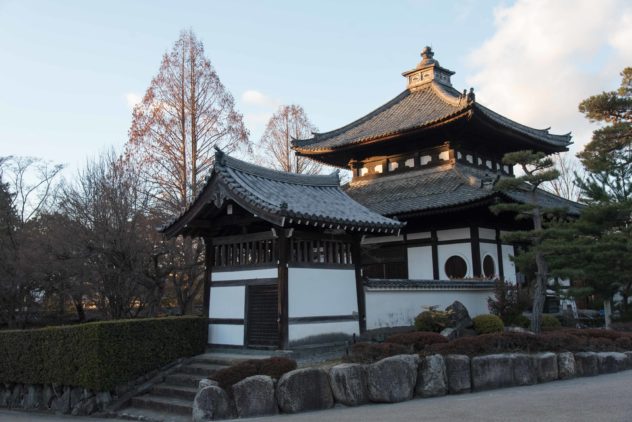
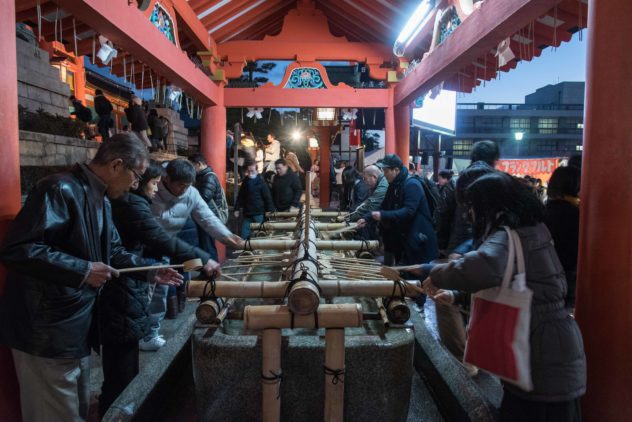
We returned to Tokyo in the evening.

